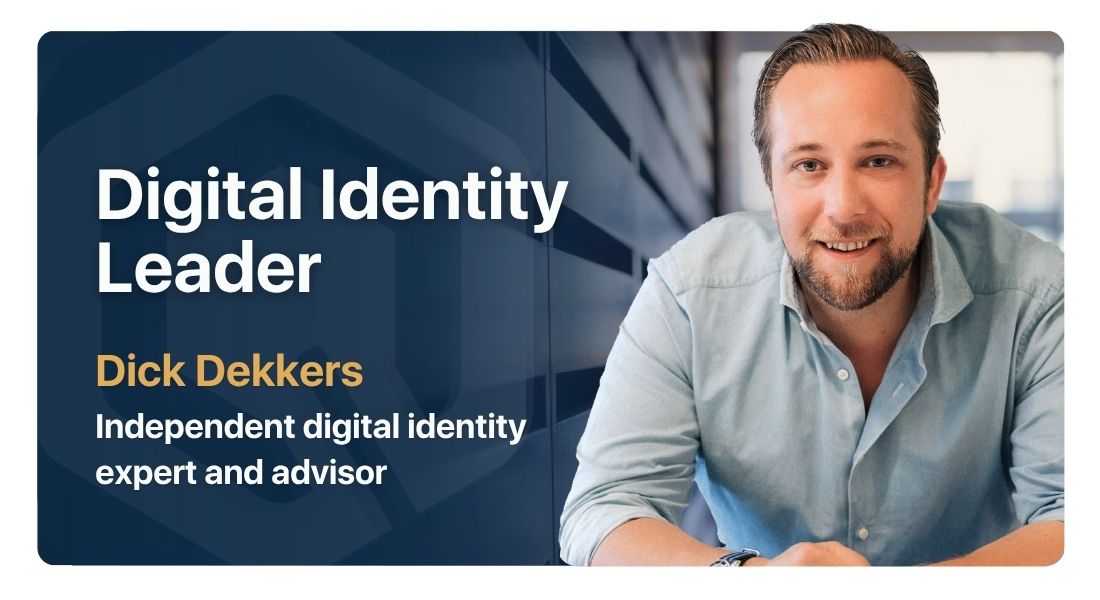Despite a range of measures taken by governmental agencies, our benefit system still seems to be an easy target for criminals. With the arrival of eIDAS 2.0 and its digital identity wallet, a big part of the anti-fraud puzzle can be solved, as it won’t be so easy to lie about your identity, address, or other personal data anymore.
Bulgarian benefit fraud
Recently, Dutch newspapers reported that the Dutch tax investigation agency FIOD initiated criminal investigations into organized benefit fraud. The investigation followed new signals from the Ministry of Finance, which had noticed that people were unlawfully registering as a resident of the Netherlands. After registering, they would receive a DigiD with which they could apply for benefits and commit address and identity fraud. The suspected fraudulent activities seem to have mainly been conducted by people from abroad – specifically from Bulgaria – through intermediaries.
The case is not new for the FIOD. In 2013, a large operation by a Bulgarian gang came to light in which the criminals encouraged Bulgarians to register in the Netherlands, collect benefits, and return to Bulgaria. The benefit fraud case led to stricter rules and enforcement at the Dutch tax authorities, which in turn contributed to the well-known child benefit affair, in which thousands of parents had to unjustly repay child benefits, causing them to get into major problems.
Advance payments and unjust repayments
How is it possible for persons to unlawfully register as a resident of the Netherlands and directly receive benefits? In the recent case, it seems that criminals were able to log in with several DigiD accounts, using almost 2000 unique citizen service numbers (BSNs). Two municipalities reported finding false registrations in their registers as well as presumably false rental contracts.
The nature of the Dutch benefit system plays a role too. Benefits are directly paid out as an advance, without checking if the applicant has a right to them – this check takes place after paying out the advance. This means that criminals can leave the country before the tax authorities even find out that benefit fraud has been committed. At the same time, the child benefit affair has made civil servants more reluctant to act, as there is a fear of being held accountable for making mistakes.
Preventing benefit fraud
The benefit fraud cases and the following child benefit affair have been costly for the government: the repairs of the child benefit affair alone have been estimated to cost 7.2 billion euros.
As the financial and social consequences of these cases become visible, the call to action becomes louder too in society: how do we prevent benefit fraud? While a system of preventive enforcement might reduce fraud, the tax authorities foresee problems implementing this in the current advance payment system. At the same time, traditional methods of identity verification, reliant on physical documents and manual checks, often fall short in preventing fraudulent activities.
Proving your identity with your wallet
This is where the digital identity wallet comes in. A digital identity wallet serves as a secure repository for your personal information, credentials, and verifiable credentials issued by trusted entities. Similar to the Apple wallet you might have on your phone, the digital identity wallet can include your driver’s license, your diploma, or your medical prescriptions. Through the use of decoupled technologies and advanced encryption techniques, these wallets ensure the integrity and confidentiality of user data.
Here’s how digital identity wallets will aid in the fight against benefit fraud:
- Enhanced authentication: Passwords for authentication are long outdated: digital identity wallets will use digital authentication by token or biometric data. There are three factors that can be used for authentication: what a user knows (a password or a security question); what a user possesses (a token or a cryptographic key); and what a user is (any biometric data). While these factors can be used independently, they will likely be combined in a multi-factor authentication in your digital identity wallet. This will significantly reduce the risk of unauthorized access or identity theft – making it harder for criminals to pretend they are someone else.
- Keeping in control: One of the key advantages of digital identity wallets is that individuals remain in control of their personal data. With your wallet, you will be able to selectively disclose relevant information for verification purposes. Verifiers will not receive more personal information about you than they actually need to know – which reduces the accumulation of sensitive data in centralized databases susceptible to breaches or misuse. Additionally, our wallet keeps track of what data you have shared with whom, making it very easy to deactivate accounts and remove your data.
- Cost efficiency: The adoption of the digital identity wallet will streamline administrative processes, reduce paperwork, and minimize the overhead costs associated with manual identity verification and fraud detection. This way, governments and organizations will save significant resources which can then be reallocated to other anti-fraud programs.
In short, the digital identity wallet will solve an important piece of the puzzle in battling identity and benefit fraud. While the development of eIDAS 2.0 and the roll-out of the digital wallet might not be an easy process, the finished project will be a simple but important solution for the current problems.

Ubiqu’s role
Ubiqu’s solutions are designed to be fully compatible with the upcoming eIDAS 2.0 standards and the European Digital Identity Wallet (EUDI Wallet) specifications. The company has the certification needed to ensure compliance with the final regulatory and technical frameworks.
For organizations looking to navigate the eIDAS 2.0 landscape successfully, Ubiqu organizes a webinar to discuss how government institutions can meet the specific compliance requirements.


